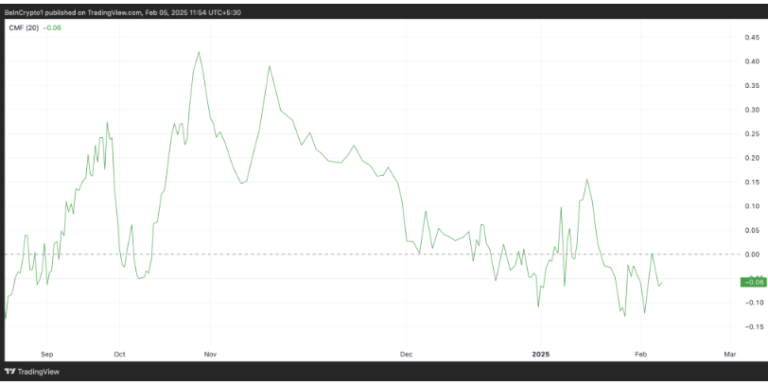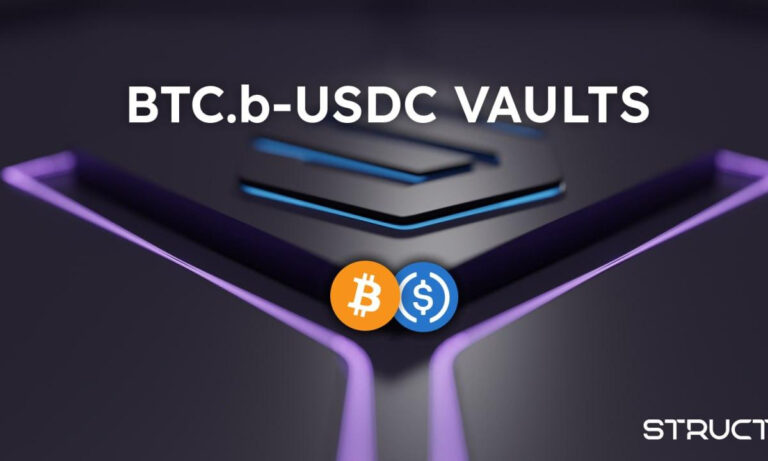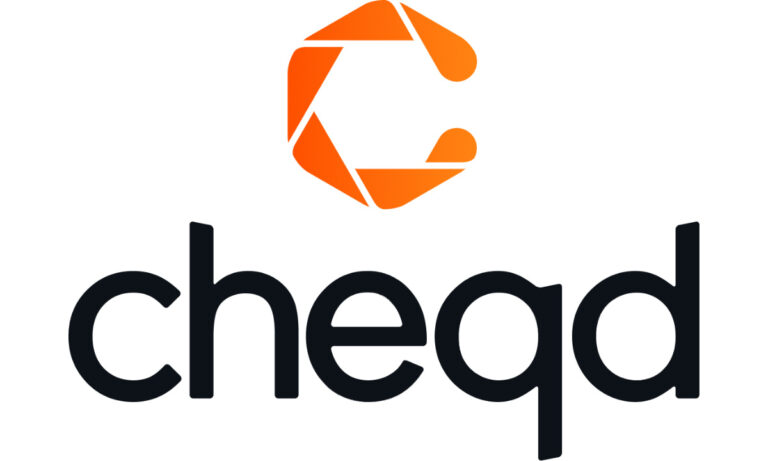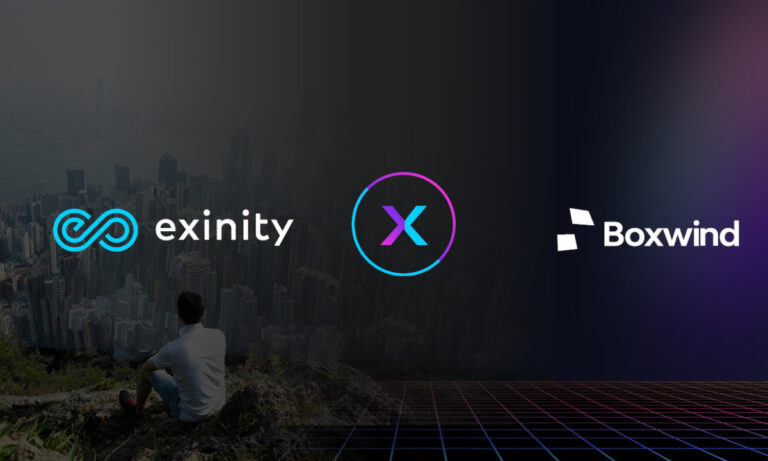Bitcoin 101: A Beginner’s Guide to Buying, Selling & Staying Safe
More from the Author Cal Evans
Bitcoin is a decentralized digital currency that allows users to buy, sell, and store value securely through blockchain technology, with transactions managed via exchanges and wallets.
To stay safe, users should utilize secure wallets, enable two-factor authentication, avoid phishing scams, and use reputable exchanges to minimize risks.
Introduction
Bitcoin has become a buzzword in the financial and tech industries, capturing the interest of investors, businesses, and everyday users alike. As a decentralized digital currency, Bitcoin offers an alternative to traditional financial systems, promising security, transparency, and autonomy. However, if you’re new to Bitcoin, understanding how to buy, sell, and stay safe while dealing with cryptocurrency can be overwhelming. This guide aims to break down Bitcoin basics, providing you with a comprehensive understanding of how to navigate the crypto world confidently.
What is Bitcoin?
Bitcoin is a decentralized digital currency created in 2009 by an anonymous entity known as Satoshi Nakamoto. Unlike traditional currencies issued by governments, Bitcoin operates on a peer-to-peer network powered by blockchain technology. This digital ledger records all transactions, ensuring transparency and security without the need for a central authority.
Key features of Bitcoin include:
Decentralization: No single entity controls Bitcoin, making it resistant to government interference.
Limited Supply: Only 21 million Bitcoins will ever be mined, creating scarcity similar to gold.
Pseudonymity: Transactions do not require personal details, enhancing privacy.
Security: Transactions are secured through cryptographic principles, making Bitcoin highly resistant to fraud.
How to Buy Bitcoin
If you’re interested in purchasing Bitcoin, follow these simple steps:
1. Choose a Bitcoin Wallet
Before buying Bitcoin, you’ll need a secure place to store it. Bitcoin wallets come in different forms:
Hardware Wallets: Physical devices like Ledger Nano S or Trezor that offer offline security.
Software Wallets: Mobile or desktop applications like Electrum, Mycelium, or Exodus.
Web Wallets: Online platforms like Coinbase, Binance, and Kraken that offer convenient access but are more susceptible to hacking.
Paper Wallets: A physical printout of your Bitcoin private key and public address.
2. Select a Cryptocurrency Exchange
To buy Bitcoin, you’ll need an exchange platform that allows fiat-to-crypto transactions. Popular exchanges include:
Coinbase: Beginner-friendly and highly regulated.
Binance: Offers advanced trading features.
Kraken: Known for its strong security measures.
Bitstamp: One of the oldest exchanges with a good reputation.
3. Sign Up & Verify Your Identity
Most reputable exchanges require account verification for security purposes. Be prepared to provide:
A valid government-issued ID
Proof of address
A selfie for identity verification
4. Deposit Funds
You can fund your exchange account using various payment methods:
Bank transfer
Credit/debit card
PayPal (on select platforms)
Peer-to-peer (P2P) transactions
5. Purchase Bitcoin
Once your account is funded, navigate to the trading section of the exchange and select Bitcoin (BTC). Choose the amount you want to buy and confirm the transaction.
6. Transfer Bitcoin to Your Wallet
For enhanced security, transfer your Bitcoin from the exchange to a private wallet. Leaving funds on an exchange can expose them to hacking risks.
How to Sell Bitcoin
Selling Bitcoin is as easy as buying it. Here’s how:
1. Choose Your Selling Method
You can sell Bitcoin through:
Cryptocurrency exchanges (Coinbase, Binance, Kraken)
Peer-to-peer platforms (LocalBitcoins, Paxful)
Bitcoin ATMs (Allows cash withdrawals)
Direct transactions with trusted individuals
2. Place a Sell Order
On an exchange, navigate to the “Sell” section, enter the amount of Bitcoin you want to sell, and choose your preferred currency.
3. Withdraw Funds
After selling, you can withdraw funds to your bank account, PayPal, or another payment method supported by the platform.
Staying Safe with Bitcoin
Since Bitcoin is decentralized, you are responsible for securing your assets. Follow these safety measures:
1. Use Secure Wallets
Opt for hardware wallets or encrypted software wallets to store your Bitcoin safely.
2. Enable Two-Factor Authentication (2FA)
Always activate 2FA on exchanges and wallets to add an extra layer of security.
3. Beware of Phishing Scams
Avoid clicking on suspicious links or emails claiming to offer free Bitcoin or investment opportunities.
4. Verify Transactions
Before sending Bitcoin, double-check the recipient’s address, as transactions are irreversible.
5. Avoid Public Wi-Fi for Transactions
Hackers can intercept your data on public networks, compromising your Bitcoin security.
6. Use Reputable Exchanges
Stick to well-known, regulated exchanges to avoid fraud and hacking risks.
Conclusion
Bitcoin offers an exciting opportunity to engage with the future of finance, but it requires knowledge and caution to navigate safely. By understanding how to buy, sell, and protect your Bitcoin, you can take full advantage of this digital asset while minimizing risks. As you embark on your Bitcoin journey, always stay informed and remain vigilant to ensure a secure and profitable experience in the crypto world.
The post Bitcoin 101: A Beginner’s Guide to Buying, Selling & Staying Safe appeared first on Crypto News Focus.






